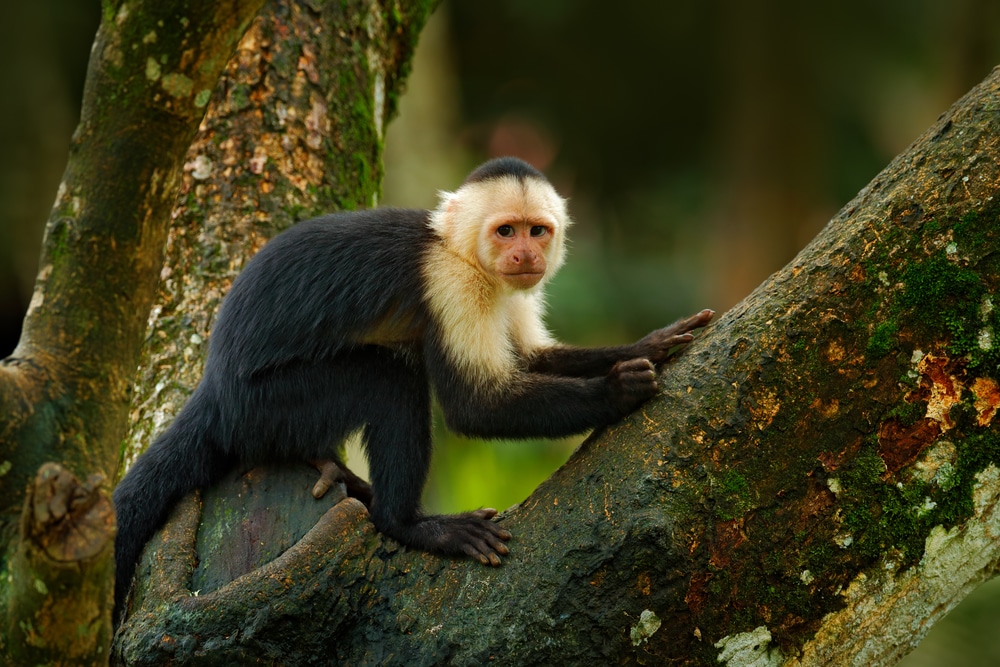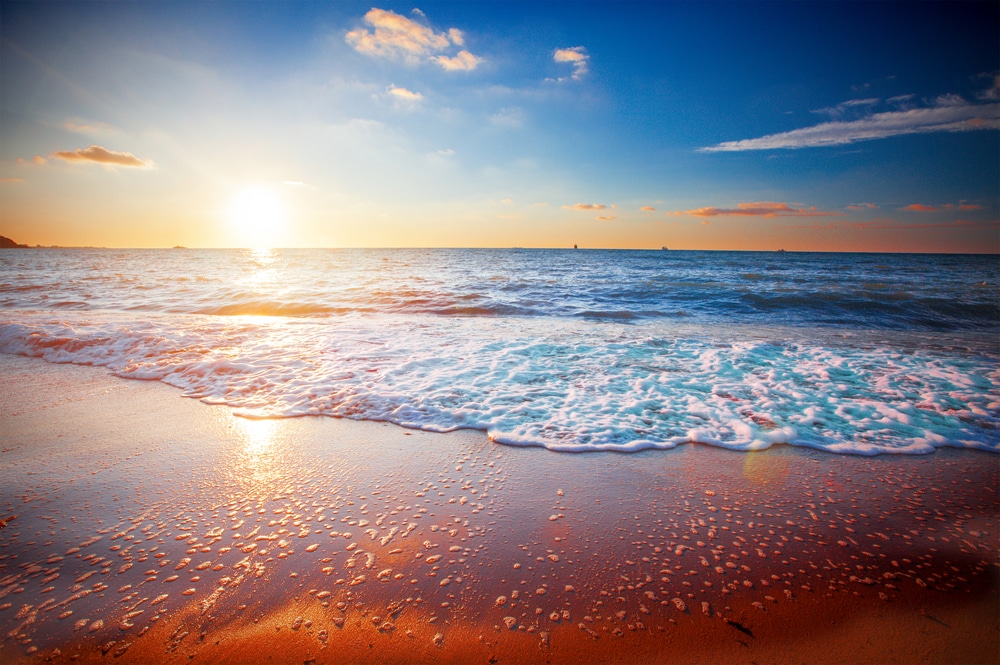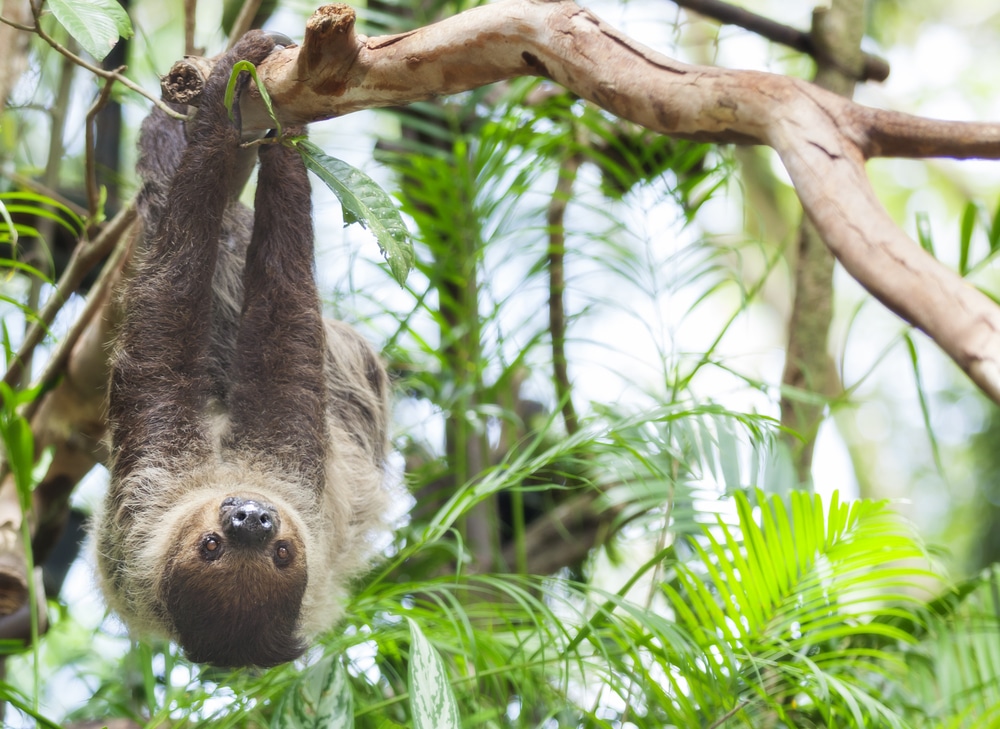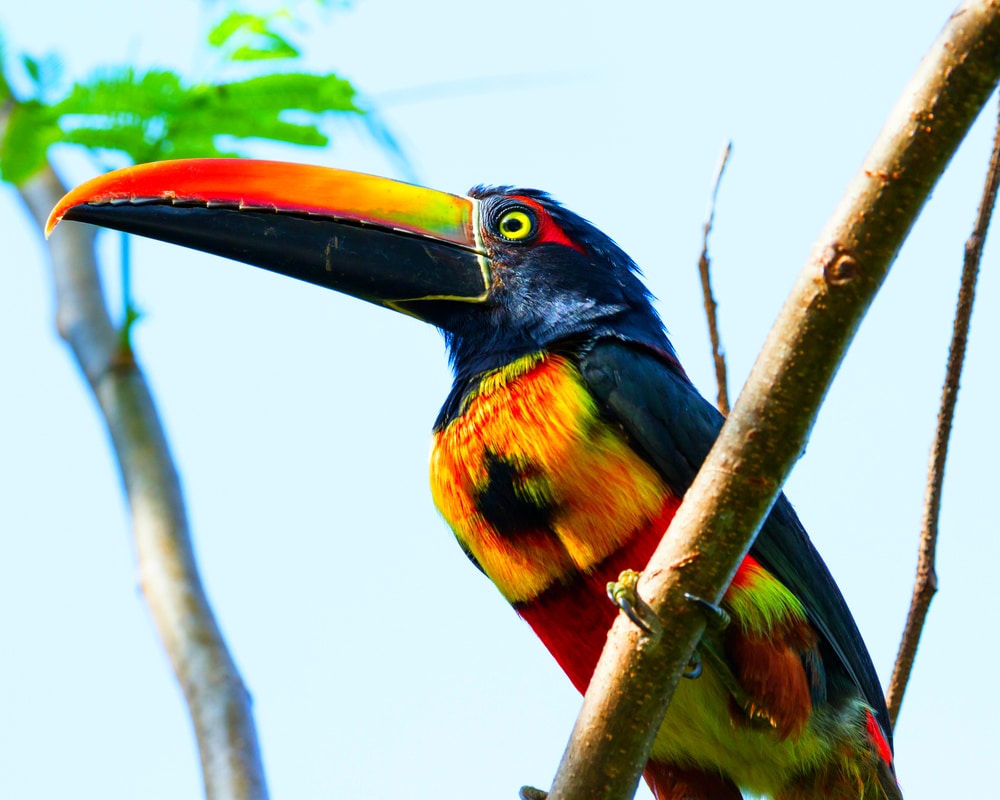Try these 6 ideas for better travel photographs of your Costa Rican vacation with your smartphone
You don’t have to have specialized camera gear to get some great travel photographs on your Costa Rica vacation. With a few key pieces of affordable and easy to use and move gear for your smartphone, plus a few photographic tricks up your sleeve, you can capture travel photos that will be the envy of Instagram.
Smartphone camera lenses and equipment
TechRadar has rated its top 10 lenses. Olloclip’s XS Max Clip includes a super-wide, 15x macro and 180 fisheye lens package best suited for intermediate and advanced iPhone users. Moment Tele Lens, 60mm focal length, is a good fit for beginners and works on iPhone and Android. ExoLens with Optics by Zeiss Wide-Angle offers iPhone users an 18mm with slightly awkward casing at a price you’d expect for Zeiss optics. At the more economical end of the scale, is Nelomo Universal—with a 0.65x super-wide angle, a 15x macro, and a 230 fisheye—great for beginners on all platforms.
Check your smartphone’s camera options for advanced photography capabilities. If you can, turn on the camera’s grid, it will help you compose your shot. Newer smartphone camera features could include portrait or landscape modes and pre-set light editing options.
Adobe Lightroom works on either iOS or Android phones to make lighting corrections in your photo, add highlights, or enhance color saturation. The app’s introduction helps you with various photography terms and how to use app settings to adjust your images.
Pro tricks for better Costa Rica travel photos
Regardless of the equipment you use, knowing what makes a great travel photograph is more than half the battle. Understanding and using some of the basic rules of photography can turn your ordinary pictures into truly memorable shots.
For great shots, get up early or stay late. The best light for great pictures is known as the golden hour—the hour immediately after sunrise or before sunset. You’ll get rich, warm tones in your shot and more pleasing shadows.
Another reason for early or late is people. If you’re hoping to get a great shot of the Golden Gate Bridge wreathed in fog, you don’t want a crowd cluttering up your shot. Go when the crowd has thinned out to get your shot.
Avoid placing the subject of your shot dead square in the middle of it. Imagine dividing your composition into thirds, either horizontally or vertically and put the subject off-center. That grid feature we mentioned earlier can help you here.
Work the angles. Again, play around with different angles: shoot up or down on your subject, shoot from one side or another. The different perspective can make a good picture a great shot.
Crop your shot before you shoot. Eliminate some of the foreground or distracting elements (like the annoying telephone lines in your beautiful landscape shot) before you shoot. Likewise, fill the frame with your image.
With the right tools, a little knowledge, and some effort, your Costa Rican travel photos of the beaches, rainforests and the distinctive hotels you stayed at will be the envy of your friends.







